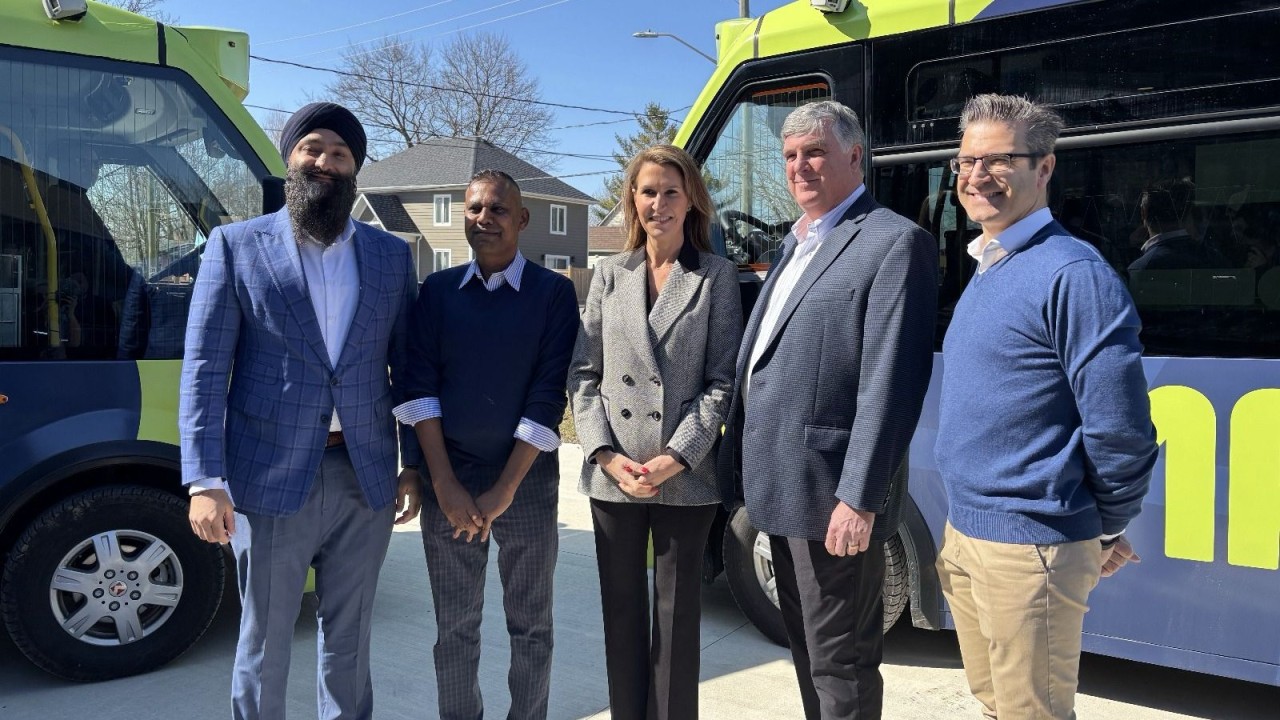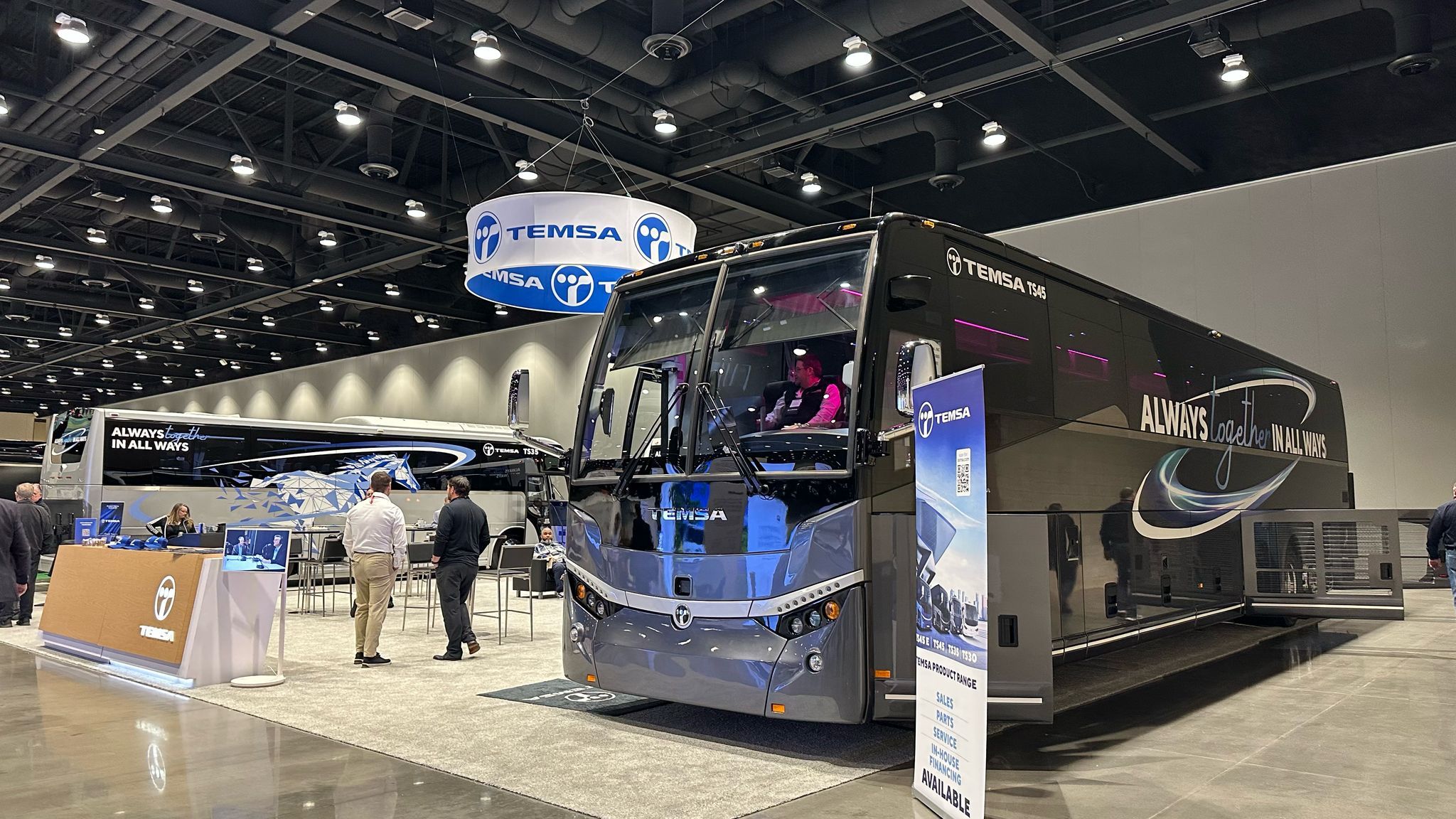
There is no previous post
Previous Post
Next Post
There is no next post
A Smarter Way to Grow Ridership: Right-Sized Transit with the Karsan eJEST
Rethinking Transit: Putting People — Not Vehicles — at the Center
Public transit only succeeds when it works for the people who depend on it.
It’s not the number of buses on the road, the length of a vehicle, or the technical specs that define a system — it’s the daily experience of riders.
North America’s transportation landscape is diverse: remote rural communities, fast-growing suburbs, and busy metropolitan cores. Yet the areas where most people travel each day — residential neighborhoods, cul-de-sacs, and spread-out corridors — are the most difficult for traditional 40-ft buses to serve.

Why Large Buses Struggle in Real-World Environments
Many communities were never designed for full-size buses. Narrow streets, low-density patterns, and long distances between homes make big vehicles impractical. When transit can’t get close to where people live — and when limited budgets restrict frequency — families rely on cars simply because they have no other realistic choice.
On the opposite end, urban cores face a different barrier: parking shortages and congestion. Even where demand for transit is high, maneuvering a 40-ft bus through tight downtown streets or campus pathways is often unrealistic.
This is where smaller, fully accessible electric vehicles become transformative — offering a service that fits both the physical environment and the needs of riders.
The Case for Right-Sized Mobility
Right-sized transit is built around a simple idea: match the vehicle to the community it serves.
The Karsan eJEST, distributed by Damera, demonstrates how a compact, modern minibus can reshape mobility across both suburbs and dense city centers. Its small footprint allows it to:
- Navigate tight residential streets
- Turn through dense downtown grids
- Stop frequently without blocking traffic
- Get closer to homes, offices, and destinations
- Deliver a “car-like” comfort that feels familiar to riders
Instead of empty 40-ft buses running infrequent schedules, agencies can operate multiple smaller electric vehicles — improving reliability and giving riders real alternatives to driving.

What Riders Are Telling Us
To understand what truly needs fixing, we listened to riders. Across platforms, one message repeats:
- Long waits
- Multiple transfers
- Inconsistent schedules
- Stops too far from where people actually live
These aren’t complaints — they’re data. And they highlight exactly why right-sized mobility is becoming essential.
Breaking the Cycle of Low Ridership
Agencies everywhere are working hard to improve service, but high costs limit how far large-vehicle fleets can stretch. When buses are expensive to buy, operate, and maintain, frequency suffers — especially in low-demand or geographically dispersed areas.
This leads to the familiar loop:
Low fleet → low frequency → unreliable service → people drive → low ridership → tight budgets
The eJEST gives agencies a way out of that cycle.

What Makes eJEST a Powerful Solution
Right-sized vehicles change how transit systems function — financially and operationally.
- Up to four eJESTs can be purchased for the cost of one 40-ft electric bus, dramatically expanding service hours and coverage.
- Lower energy costs — real-world operations in Canada show 6–8 hours of service for only a few dollars of electricity.
- Easier charging — the compact battery system allows agencies to use simpler, less expensive charging infrastructure.
- Durable design — built for constant start-stop use and engineered for a 12+ year lifecycle.
- Fully accessible — true low-floor entry, fast-deploy ramp, space for wheelchairs and strollers.
- Rider comfort — bright, quiet interior, modern seating, and optional bike rack.
- Faster boarding — contactless fare validation and ticket scanning.
Whether in fixed-route service, neighborhood circulators, or on-demand microtransit, the eJEST meets communities where they are — both physically and operationally.
Supporting Agencies Beyond the Vehicle
Damera’s role extends far beyond supplying buses. Our team works closely with transit agencies throughout their entire transition:
- Electrification and charging strategy
- Route and service analysis
- Operator and technician training
- High-voltage safety and EV readiness programs
- Parts and after-sales support through Mississauga Bus Coach & Truck
- Long-term operational guidance
Our goal is to help agencies introduce right-sized mobility confidently, sustainably, and at a pace that aligns with their budgets and community priorities.
A Commitment to Better Transit for All
Right-sized mobility is not a trend — it’s an essential shift in how transit is planned and delivered. It enables systems that are:
- More accessible
- More frequent
- More financially sustainable
- Better aligned with how people actually live
The eJEST isn’t just a smaller bus.
It’s a new way to think about public transportation — one that brings dignity, comfort, and reliability back into everyday travel.
If you’d like to explore how right-sized mobility can improve service quality in your community, our team is here to help.
📧 sales@dameracorp.com
📞 905-696-8328










.svg.avif)

















-p-500-p-500.avif)











.svg)


























































.jpeg)






















.jpg)










